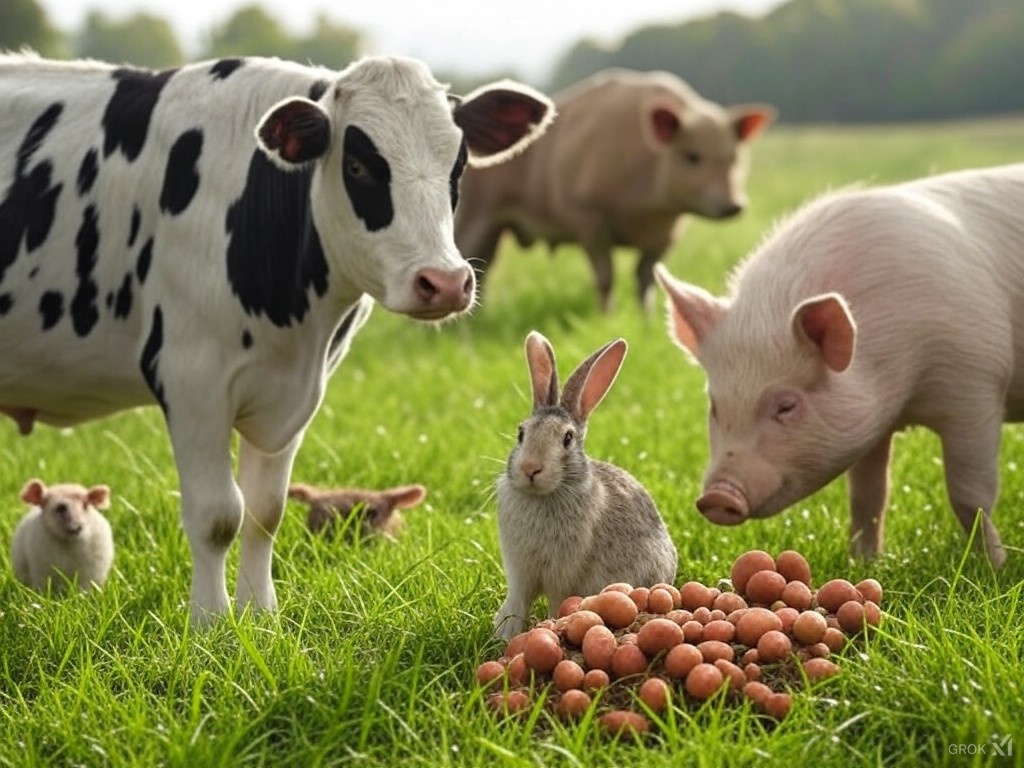How do herbivores get their Vitamin B12?
Cows and Ruminants
- Stomach as a Bioreactor: Cows have a complex stomach system, including the rumen, which acts as a bioreactor. Here, symbiotic bacteria and protozoa ferment cellulose from plant material, converting it into simpler compounds that can be absorbed.
- B12 Production: This fermentation process also produces B12, which can be absorbed in the small intestine since it happens early in the digestive process. This adaptation allows ruminants to extract nutrition from otherwise indigestible plant matter.
Small Rodents like Rabbits
- Digestive Strategy: These animals have a different approach due to their digestive physiology. They can't retain food in their gut long enough for extensive bacterial fermentation in one pass.
- Cecotropes:
- Their cecum (part of the large intestine) ferments plant material, producing cecotropes.
- Coprophagy: These cecotropes are re-ingested, giving the animals a second chance to digest and absorb nutrients, including B12, that were produced by bacteria in the cecum.
- By consuming these cecotropes, they extend the time nutrients are available for absorption, compensating for their relatively short gut retention time.
Both strategies are evolutionary adaptations to manage diets high in cellulose and potentially low in certain nutrients like B12. While ruminants have an internal system for continuous fermentation, small rodents achieve a similar outcome through the behavior of re-ingesting partially digested food. These adaptations showcase the diversity in how animals have evolved to meet their nutritional needs from plant-based diets.
